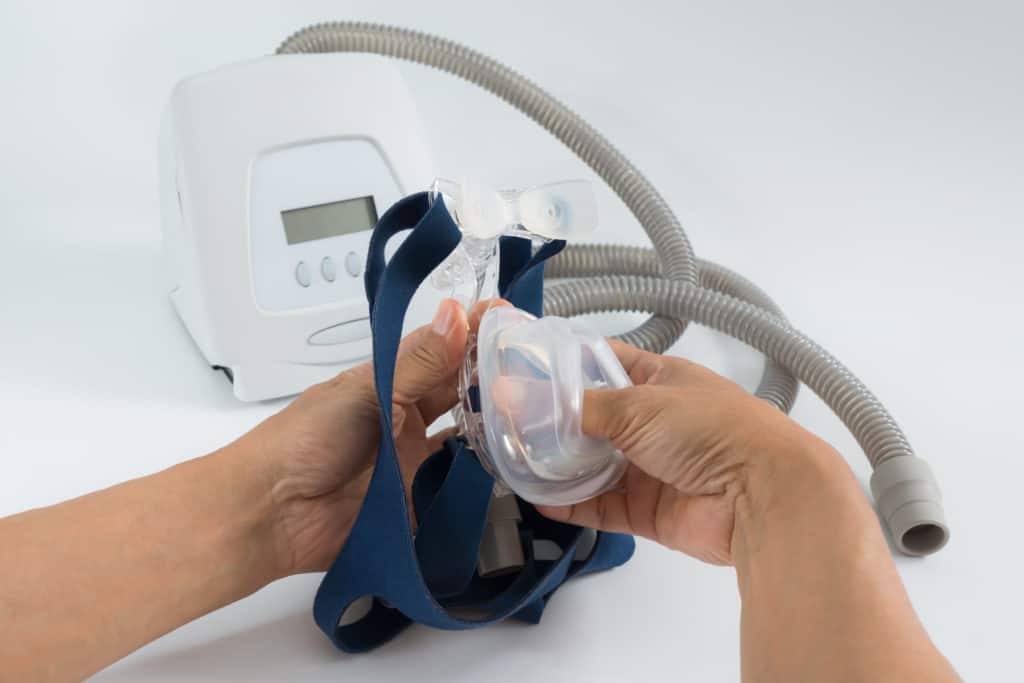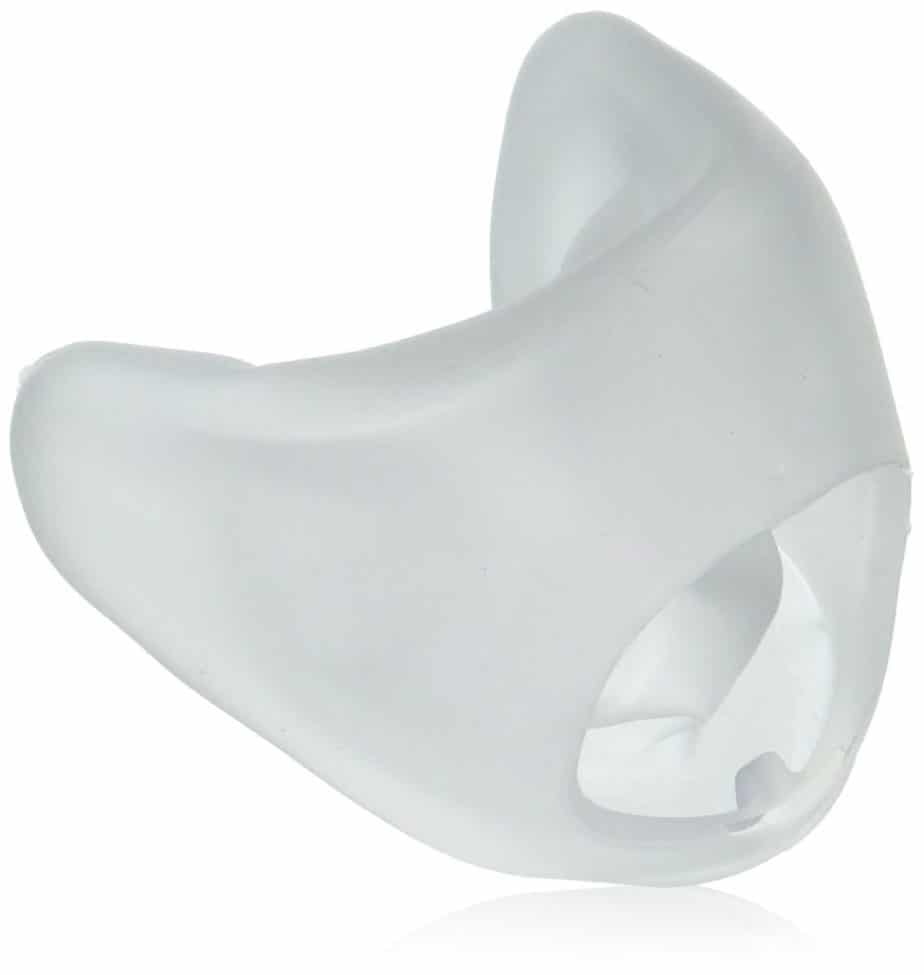How Long Does It Take To Get Used To A CPAP Machine?
The worst part about getting a CPAP machine is the adjustment period in the beginning when you have to learn how to sleep in a completely new way. It can be frustrating and can cause some people to give up before they learn how to adjust.
Getting used to a CPAP machine doesn’t take long if you know the intricacies. Sleeping patterns change, comfort levels are tested and masks are updated. Your CPAP is made to help sleep apnea at home and while on the road. Here are some things to keep in mind when using a CPAP machine.
An Introduction To CPAP Machines
Using a CPAP machine is hard on users that are used to sleeping a certain way. Whenever you make a change to a habit, it forces the you into an uncomfortable period. This adjustment period is different for each person, and can happen for a variety of reasons.
If you’re used to sleeping on a firm bed, changing to a soft mattress won’t be comfortable. Over time you will get used to it, or your body will reject it altogether. Humans are creatures of habit, and a CPAP is slightly more than a minor change in the nightly routine.
But more importantly, a CPAP machine controls the way a user breathes during sleep. Teaching your body to breathe correctly takes time. And being restricted in your overall movement with the mask can make things more difficult. Although the loss of movement is minimal, there is still a psychological effect in play that interrupts a normal night’s rest.

Some of most relevant tips to new users has to do with breaking in the machine. Taking naps during the day can prepare your body for a restful night. Instead of fiddling with the settings of the machine, you can jump right into a full night of sleep. Over time, you’ll also find a favorable position to lay that puts you in a better mood to rest.
You can also create a nightly routine that sends you into sleep mode. Find a book, tv show or game that sets the correct mood. Even the smell of a candle or a snack can accomplish a similar goal. The idea is to find a trigger that tells your mind and body it is time to lay down for a few hours. A CPAP machine is not difficult to get used to when you follow a few of these tips.
Users that develop trouble sleeping with a CPAP machine will fall into several categories. But it doesn’t require the user to change their nightly routines. Think of it as a negotiation period where you get to decide your very own ‘sleeping personality’.
Mask Type Matters
Before you get a CPAP machine, patients usually have their sleep patterns tested with a sleep study. This, along with machine type will determine the mask that is best for your particular kind of night habits. For users that didn’t have access to a sleep study, they start at a disadvantage.
Never underestimate the usefulness of the sleep mask. Don’t use a mask type that isn’t compatible with your current setup. Even if everything fits into place, the software of your CPAP machine may not be compatible with the mask type. This can lead to difficulties breathing at night or incorrect settings through the built-in auto adjustment. Since most CPAP machines collect sleeping data, it could lead to abnormal readings.
Try out different masks that are compatible with your machine. Face, nose and sleeping styles will all factor into the comfort of your rest. That is why a side sleeper will fare better with a nasal mask instead of a full-face mask. Don’t get frustrated the first few nights, and you’ll find the mask that works out the best for your particular situation.
Adjust As Necessary
Mask adjustments are necessary when the seal does not contain the air. Containment of the air flowing through the mask is vital if you want a restful night of sleep. When air is allowed to escape the mask you can end up with multiple problems based on the direction the air escaped from.
For a more detailed discussion on what the most common side effects of a CPAP machine are, check out our article on how to identify and avoid these common side effects.
- Dry and bloodshot eyes – flush them out repeatedly to get rid of the burning sensation. Putting lubricating eye gel into your eyes before going to bed can also help to prevent this condition.
- Dry or oily skin – keep a set of face wipes in your bathroom to get rid of the problem quickly
- Cottonmouth – any smoker can tell you how miserable this feeling is. Rinse your mouth out with wash and follow it up with a long drink of fresh, ice cold water
But worst of all, you will end up with a bad night of sleep. If you use a nose mask, when you open your mouth, the air shuts it close to prevent snoring. This is the natural way of things as it forces your body to breathe in a normal way. A mask that isn’t adjusted correctly will lead to you using the device but not getting any of the benefits.

There are usually 2-4 adjustable straps on every mask. Play around with it, and find an adjustment that is comfortable without being too tight. It should still be loose enough that you can move around comfortably, but not too lose so that the air escapes. Unfortunately, this isn’t something that you are likely to find out in a single night.
So How Long Does It Actually Take?
Everyone has a different sleeping pattern, bed, partner, and CPAP device. There are a lot of variables that determine whether or not your restful sleep will happen on a particular night. But you can shorten the break in period by being prepared. By following a few tips, there is no reason you can get used to a CPAP machine in only a few days.
Always keep two bottles of distilled water at the ready. This will keep things familiar when you need to hop into bed. Nothing prevents good sleep like running around trying to find the correct ingredients for your sleep machine.
Check Out ResMed’s Guide To Starting CPAP Therapy
Try out new masks early, and often. Your actual sleep style may change to adapt to using a mask while resting. This is normal, and is even more of a reason to try out different masks. Find out which ones allow you the most freedom when lying in bed.
Even if the settings are set for a CPAP machine, that doesn’t mean they shouldn’t be adjusted. Check the settings for your machine often. If you live in a humid climate and wake up with a face full of sweat, then it may be time to tweak the settings a bit. Get into the habit of adjusting the settings based on your current environment so that you understand how the machine works.
One of the leading causes of CPAP misunderstandings comes from users not willing to adjust the settings. Default settings will always take longer to get used to, even if you went through the sleep study.
Wrap Up
These tips should cover everything you need to know about using a CPAP machine. Once you get used to the specifics, everything else will fall into place. Knowing how helpful the device is will be the key to getting a full night of rest.

